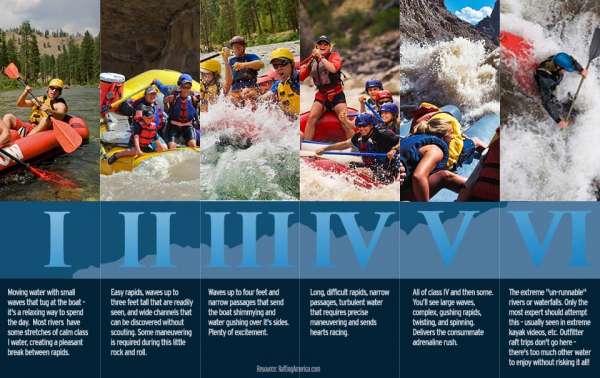

Whether you are a first-timer, looking for the best introduction to rafting, or a full-on white water junkie looking for thrills, or you already know that rafting down a river into new landscapes is simply the best kind of vacation on planet earth... you want to know the very best places to go white water rafting!
Welcome to Rafting America, designed to help you find not just the “rafting trips near me”, but also discover the best rafting outfitters and locations for an incredible whitewater rafting experience. It helps to know a few things you are looking for:
Use the "Where do you want to go rafting?" page, or the main navigation to find your state, region, or popular rafting destinations to find top recommended trips and outfitters for each area. Getting familiar with the variety of rivers, canyons, scenery, and classification of rapids on each river can help you refine exactly which trip offerings and outfitters will provide the perfect experience for you. If you’re not yet sure which type of experience you are looking for, keep reading! Use the main navigation to find your state, region, or popular rafting destinations to find top recommended trips and outfitters for each area. Getting familiar with the variety of rivers, canyons, scenery, and classification of rapids on each river can help you refine exactly which trip offerings and outfitters will provide the perfect experience for you. If you’re not yet sure which type of experience you are looking for, keep reading!
Find More than just “Rafting Trips Near Me” - More than just knowing which outfitter is closest in proximity, you want to know which outfitter near you to trust, or which outfitter offers the trip experience you are looking for. Review sites can be invaluable in helping to see what other guest experiences were, but there can still be a disconnect in applying it to making a decision. Rafting America is comprised of some of the
A trip that is labeled as “Scenic Float” or “Float Trip” means that the emphasis will definitely NOT be on the thrill of rapids, but on the journey down river, the scenic views, maybe even the wildlife at a particular time of year.
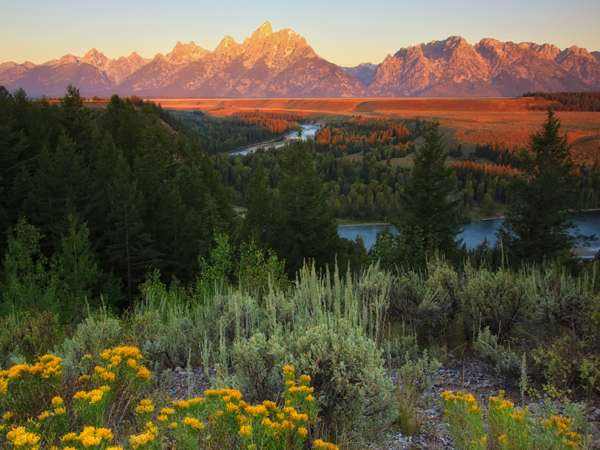
Labels don’t come easy for these rivers, so if a trip is labeled as “mild” or “easy” then you can be sure there is very little in the way of white water thrills. These may be similar to a “float trip” but actually contain a few splashy rapids in some sections of the run. These may be called simply “family trips” but a more fitting description may be “kid-friendly” (for young kids ages 5-8) or for those timid about rapids, these trips would be a good introduction to rafting.
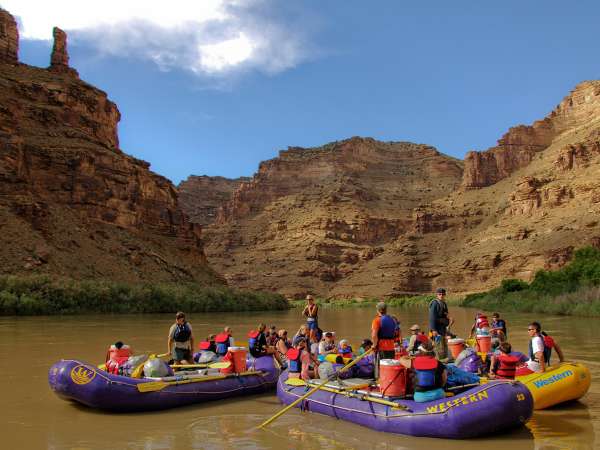
It’s safe to say that most river trips fall into this broad “middle” category. On these trips you will find easy “splashy” rapids (Class I-II) rapids as well as Class III+ or even a Class IV rapid or two. Even a river with a Class IV or V rapid or two can still be considered an “Introduction to White Water Rafting” because the difficulty of a rapid may apply more to technical difficulty for the guide than the excitement factor for the guest on board. These trips may be best suited for, or even restrict ages from 5 - 10 or even 12 years old. A family with teenagers could get excited about these trips.
Also, consider the fact that a different raft type (or size) can affect the way a guest experiences a rapid. Smart outfitters, who hire smart river guides will match the boat-type, the placement of guests within the boat (front or rear or middle) and greatly affect the safety and outcome of the experience. For example, many first-time rafters take on a 6 or 7 day expedition through Grand Canyon on the notoriously big rapids of the Colorado River on large motorized “pontoon” rafts designed to handle big waves with guest safety (and ride) in mind.
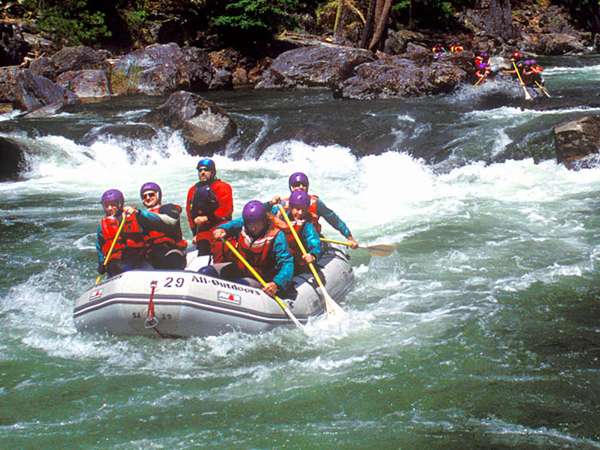
As mentioned, there may be some river runs that contain a Class IV or V rapid amidst the milder rapids throughout the course of the river run, but a river trip labeled as “advanced” or “extreme” is going to include unavoidably difficult, thrilling and challenging (and memorable) experiences for the guest. Age limitations towards capable teens and adults will definitely apply. The September river run down the Gauley River in West Virginia is a great example of this kind of trip. The Lochsa River in Idaho is called “The Gauley of the West” and the Skykomish River in Washington is called the “Ultimate Class V River Run” by Wildwater River Guides.
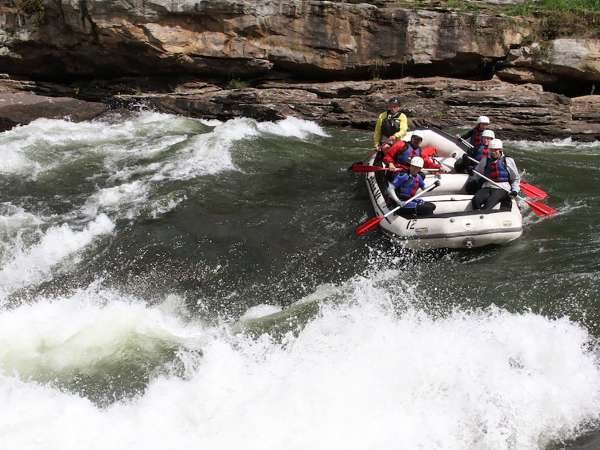
Full day trips (approximately 10-15 river miles) and Half day trips (approximately 5-8 river miles) are very popular. Fortunately, day trips can be found in almost every location, with certain wilderness rivers being the obvious exception due to accessibility (ie. the Grand Canyon, or remote rivers in Canada and Alaska). Some half-day trips provide a lunch, while you can expect full-day trips to do so. It’s wise to check each trip description for the detail of whether or not lunch is provided, and plan accordingly to eat before boarding the bus to the put-in.
Day Trips vary from “Easy” to “Extreme” based on the river, or section of river to be run. Be sure to check age restrictions. Also remember that age restrictions can vary based on water flow levels. The timing of when the water is high or low can vary, and can affect the age restrictions for any trip, so it’s a great question to ask the outfitter. They will know!
In the Eastern United States (anything east of the Mississippi River) you will find nothing but day trips - and some offerings that stretch the day trips into overnight adventures.
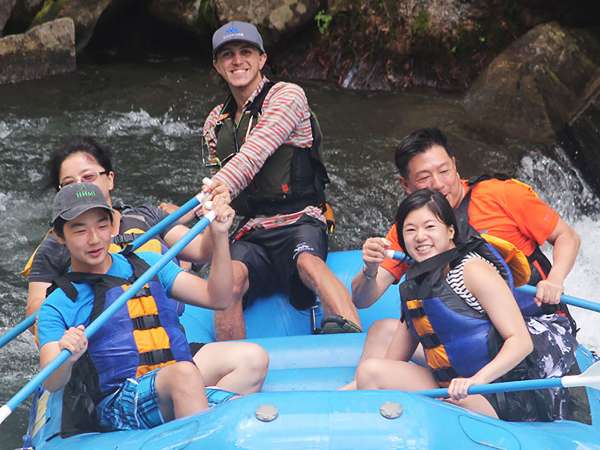
West of the Mississippi, and north in Canada, you will find a wide variety of river trips (in nearly every location) that require more than two days to get from beginning to end. These are self-reliant expeditions, packing everything in and out that will be needed to sustain a group of 15 to 30 people. This means that all camping gear, all meals, and the transportation to get to and from the river are provided.
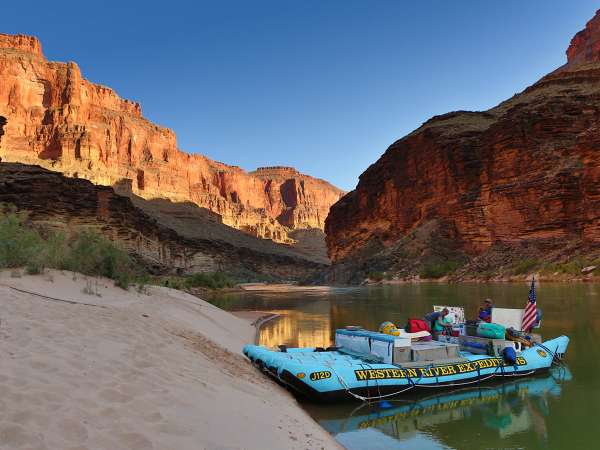
Browsing the websites of various river outfitters, you might notice a variety of terms used to categorize, or classify the type of experience to be expected on the trip in question. For example, one outfitter might describe a trip as “Class I-III rapids”, another might say, “Easy”, another might use the phrase “Introduction to White Water”. The same goes for the other end of the spectrum with “Advanced”, “Hard”, or “Class IV-V Rapids”. Why does this variety of descriptions occur? Partly, it’s because nature created these rivers and rapids and nature doesn’t conform entirely to man-made classifications. The variety of descriptions are the outfitter’s attempt to describe what the trip is generally all about. They are a guideline, more than an exact description. As a general rule, if you note the age restrictions listed for the trip you are interested in, at various times of year (based on water flow) you can deduce the level of thrill or “hardiness-factor” expected for such a trip.
Further, the international classification of rivers, using the Roman numeral Class I, II, III, IV, V VI is also a guideline more than an exact definition. For example, in high spring runoff a given rapid may be a “Class V” rapid, but in the lower water of late summer may only be a Class III rapid. The exact opposite can occur as well. For example, some rapids “wash-out” with high water flows, while others only get bigger with more water. In low water, more obstacles (rocks) begin to pop out, making some rapids more technical and difficult. In general, the higher the flow of water (ie. spring runoff) the faster the flow and increased ability to react. The lower the flow, the slower the flow, and therefore easier for kids to handle (in general). Remember, too, that the white water classification doesn’t always equate to the type of ride or the “fun-factor” scale that a guest may experience. More technical rapids means high degree of difficulty for the guide, while a guest may barely get a splash - especially if the guide nails the run! Other technical runs (like, a short waterfall drop) require guests to paddle with precision to execute the perfect set up, and then everyone gets wet if you nail the run! With this understanding, you can see why classifying an entire 10 or 100 mile stretch of river with multiple rapids can be hard to accurately classify!
